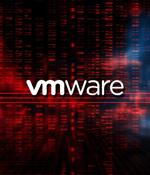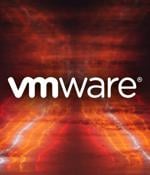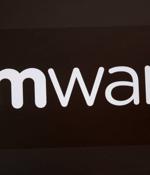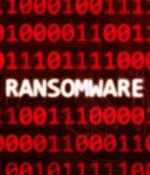Security News

VMware has released another security update for CVE-2024-38812, a critical VMware vCenter Server remote code execution vulnerability that was not correctly fixed in the first patch from September...

Broadcom has released new patches for previously fixed vulnerabilities (CVE-2024-38812, CVE-2024-38813) in vCenter Server, one of which hasn’t been fully addressed the first time and could allow...

VMware has released software updates to address an already patched security flaw in vCenter Server that could pave the way for remote code execution. The vulnerability, tracked as CVE-2024-38812...

Here’s an overview of some of last week’s most interesting news, articles, interviews and videos: Critical VMware vCenter Server bugs fixed (CVE-2024-38812) Broadcom has released fixes for two...

Broadcom has released fixes for two vulnerabilities affecting VMware vCenter Server that can be triggered by sending a specially crafted network packet, and could lead to remote code execution...

Broadcom on Tuesday released updates to address a critical security flaw impacting VMware vCenter Server that could pave the way for remote code execution. The vulnerability, tracked as...

Bug reports made in China Broadcom has emitted a pair of patches for vulnerabilities in VMware vCenter Server that a miscreant with network access to the software could exploit to completely...


A number of similarities between Cicada3301 and ALPHV/BlackCat indicates that it could represent a rebrand or offshoot group.

A new ransomware-as-a-service (RaaS) operation named Cicada3301 has already listed 19 victims on its extortion portal, as it quickly attacked companies worldwide. [...]